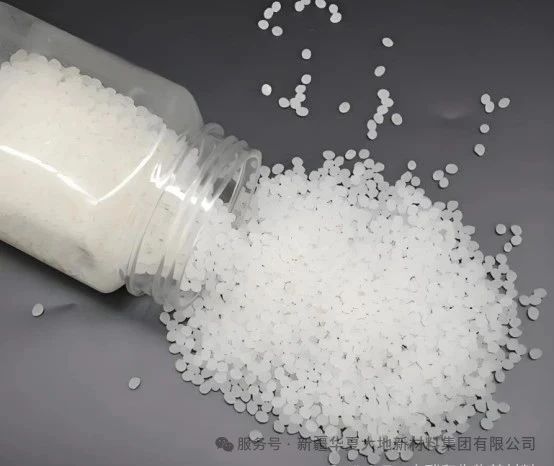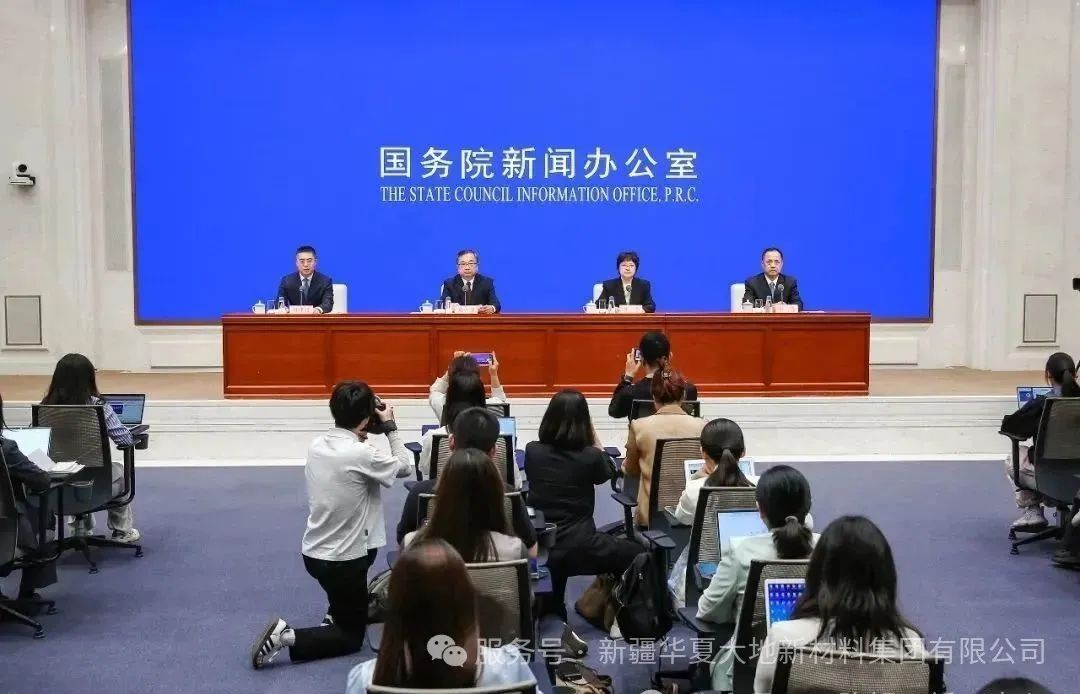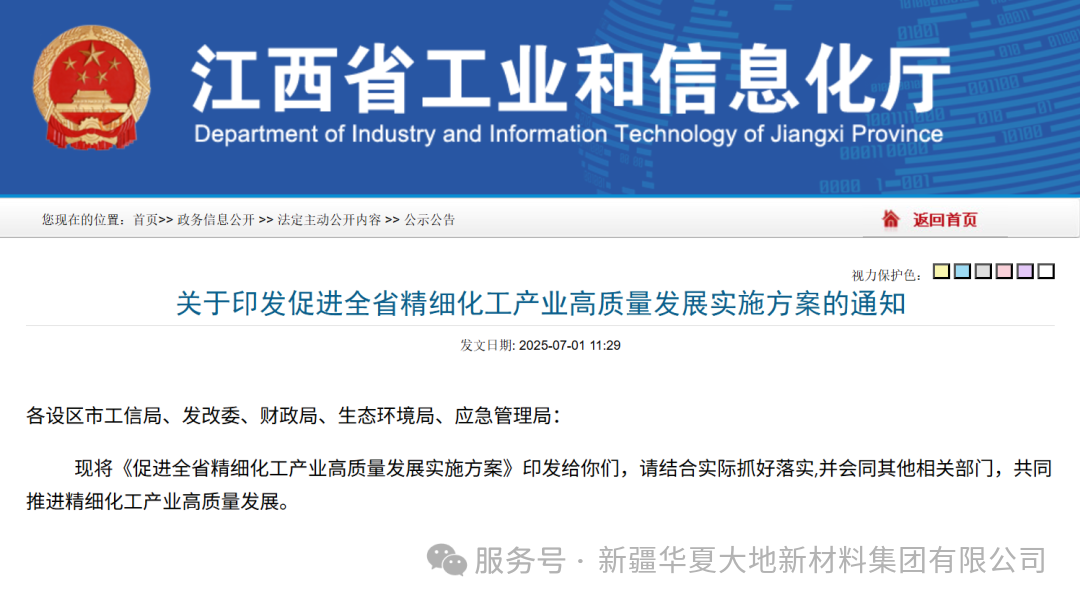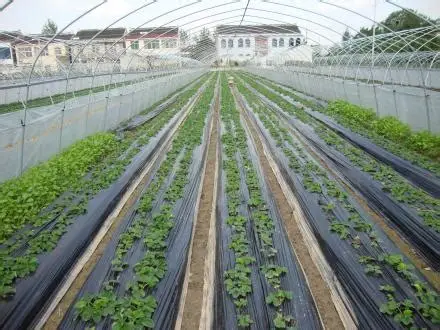Today, with the growing awareness of environmental responsibility, the issue of plastics - from their origin, use, disposal to the impact after being discarded - has become a focus. For over a century, fossil-based plastics have dominated various industries and lifestyles, while in recent years, bioplastics derived from renewable biological resources have gradually emerged. But does "biobased" necessarily mean better?
This article will dissect the advantages and disadvantages of two types of plastics from six key dimensions: sustainability, recyclability, cost, pollution impact, common misconceptions about biodegradability, and material substitutability.
🌱 1. Sustainability
Fossil-based plastics: Traditional plastics are synthesized from petroleum or natural gas, which are finite resources formed over millions of years. The extraction and refining processes of these materials consume a huge amount of energy and emit large quantities of carbon dioxide, exacerbating climate change. Moreover, the reliance on fossil fuels also deepens the dependence on geopolitically sensitive resources.
Bioplastics: Made from renewable biomass such as corn, sugarcane or potato starch, they are more sustainable in origin. Plants absorb carbon dioxide during growth, offsetting some production emissions. However, large-scale cultivation has sparked controversy: competing with food crops for land, deforestation and high water consumption issues.
Conclusion: Bioplastics have greater sustainable potential, but this is contingent upon responsible raw material procurement and management. Agricultural practices and land-use changes may undermine their environmental benefits.
♻️ 2. Recyclability
Fossil-based plastics: In theory, conventional plastics such as PET, HDPE, and PP can all be recycled, but the global actual recycling rate is less than 10%. Obstacles include contamination, improper sorting, weak consumer awareness, and backward recycling infrastructure.
Bioplastics: The recycling logic is more complex. Some categories (such as bio-based PET) have the same chemical properties as fossil-based plastics and can be mixed into the same recycling stream; others, such as polylactic acid (PLA), require independent industrial composting systems - if mixed into the traditional recycling stream, they may contaminate the entire batch of materials.
Conclusion: The current recycling system for fossil-based plastics is more established. For bioplastics, clearer labels, public education and independent collection systems are needed to avoid confusion and increase the recycling rate.
💸 3. Cost
Fossil-based plastics: Thanks to decades of industrial optimization and a global supply chain, they have low production costs. Subsidies for oil and economies of scale keep prices low, which is the main reason why they dominate in packaging, automobiles and consumer goods.
Bioplastics: Due to high raw material costs, limited production scale and relatively new technology, their prices are still higher than those of traditional plastics. The cost differences among different categories range from 20% to 100%, and they are also affected by fluctuations in crop yields, seasonality and land availability.
Conclusion: At present, fossil-based plastics have a cost advantage, but the price of bioplastics may decrease with the growth in demand, technological innovation and policy support.
🛢️ 4. Pollution Impact
Fossil-based plastics: One of the most serious environmental threats is plastic pollution. Traditional plastics degrade extremely slowly (often taking centuries), resulting in a large amount of marine debris, threatening the survival of wild animals, and breaking down into microplastics that seep into soil, water bodies and the food chain. The production process of plastics is also a significant source of air and water pollution.
Bioplastics: Although often promoted as "environmentally friendly", their environmental impact varies by type. Some can decompose under industrial composting conditions, but the majority cannot degrade in natural environments. If improperly disposed of (such as entering the ocean or landfill), they may still persist for a long time and cause pollution, similar to fossil-based plastics.
Conclusion: Bioplastics can only reduce pollution risks under ideal disposal conditions, but they are not pollution-free in themselves. Responsible disposal and infrastructure are key to realizing their environmental benefits.
❗ 5. Bioplastics ≠ Biodegradable
This is a common misconception: not all bioplastics are biodegradable, and not all biodegradable plastics are bio-based.
Bio-based PET: Made from plant-derived ethylene, it has the same chemical properties as fossil-based PET and is not biodegradable.
PLA: Compostable plastic, but only effective under industrial conditions (approximately 60°C, specific humidity and microbial activity).
PBAT & PCL: Fossil-based but biodegradable.
"Biodegradable" and "compostable" are often used interchangeably, misleading consumers. True compostability requires specific conditions that are almost non-existent in natural or home composting.
Conclusion: Bioplastics are not necessarily biodegradable. Clear labeling, regulations and consumer education are key to avoiding "greenwashing".
6. Material substitutability
Fossil-based plastics: from ultra-flexible films to rigid structural components, they demonstrate unparalleled versatility. Their thermal and mechanical properties have been deeply optimized through thousands of application scenarios, enjoying a high level of recognition.
Bioplastics: Some categories can seamlessly replace traditional materials (such as bio-based PET for bottles), but others have performance shortcomings. For instance, PLA is brittle and hard, and is usually not suitable for high-temperature scenarios like hot drink cups. In many industries, the shift to bioplastics requires redesigning processes and updating equipment.
Conclusion: Fossil-based plastics still have an advantage in cross-industry adaptability. Although the performance of bioplastics is improving, they have not yet achieved universal substitution.








